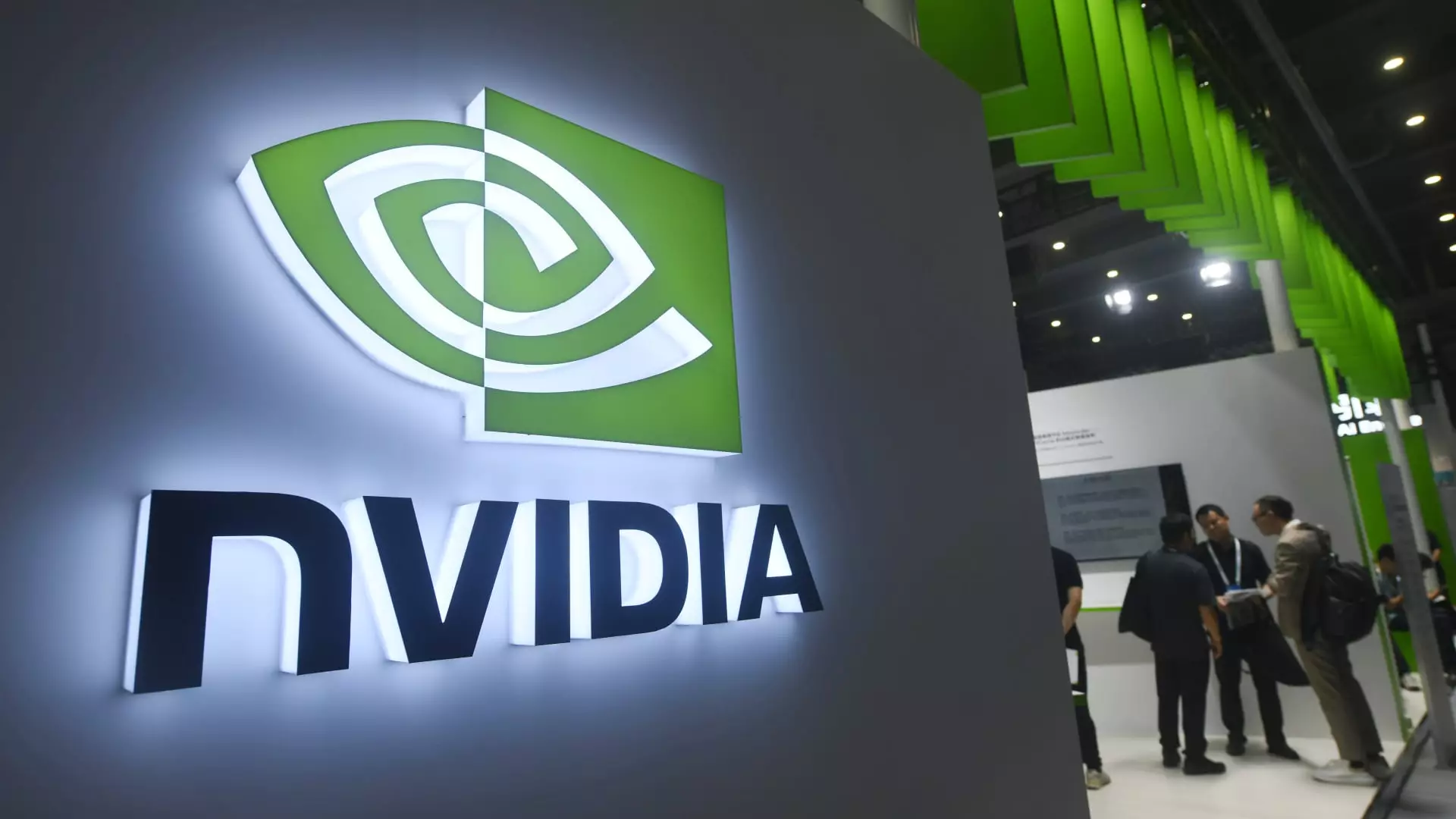As the health-tech landscape rapidly evolves, major players such as Nvidia, Google, and Microsoft are set to converge on Las Vegas for the HLTH conference. This annual event, attracting over 12,000 industry professionals, is poised to shine a light on revolutionary artificial intelligence (AI) technologies designed to alleviate the administrative burdens faced by healthcare providers. With the overwhelming amount of documentation and compliance tasks that physicians and nurses are responsible for, these innovations come as a timely response to a growing crisis within the healthcare sector.
The healthcare industry faces an alarming trend: rising burnout among clinicians. A pivotal contributing factor is the uncompromising volume of administrative work, which includes managing patient records, communicating with insurance companies, and navigating regulatory requirements. A report from consulting firm Mercer predicts a shortage of 100,000 healthcare workers by 2028, highlighting the urgent need for an effective intervention. One of the major challenges healthcare providers face is the fragmentation of health data across various systems and formats, creating barriers that complicate even the simplest tasks.
This heavy administrative load detracts from what should be the primary focus of healthcare professionals—their patients. A recent survey conducted by Google revealed that clinicians spend an average of 28 hours a week on administrative tasks. The disheartening statistic that 80% of providers believe this work significantly detracts from patient care only reinforces the necessity for AI-based solutions.
Tech giants are eager to capitalize on this pressing issue, viewing the increasing deployment of AI in healthcare as an opportunity to capture a market that could exceed $6.8 trillion by the end of the decade. Google, for instance, has launched its Vertex AI Search for Healthcare, providing developers the tools to construct solutions that streamline access to medical records across disparate systems. By doing so, it hopes to reduce the inefficiencies currently plaguing healthcare providers.
Microsoft is also in the fray, having recently unveiled a suite of tools aimed at reducing the administrative workload for clinical staff. These tools, which include automated documentation solutions specifically for nurses, are still being developed but show great promise. The company’s DAX Copilot tool, acquired through the $16 billion purchase of Nuance Communications, has already gained popularity for its ability to effortlessly transcribe patient visits into clinical notes, conserving invaluable time for doctors.
The demand for these AI-powered documentation tools has surged recently. Abridge, for instance, recently raised significant funds and is harnessing AI for clinical documentation. Their success highlights a growing trend in the healthcare sector, a shift towards embracing technology that allows clinicians to focus more on patient care and less on paperwork.
Nvidia, renowned for its graphics processing units (GPUs) that power AI applications like ChatGPT, is another key player poised to influence the healthcare AI landscape. With shares surging over 150% year-to-date, the company has strategically expanded its healthcare offerings, incorporating AI across various domains such as medical imaging and drug discovery. Nvidia’s vice president of health care, Kimberly Powell, is set to deliver a keynote at HLTH, focusing on how generative AI can transform healthcare professional workflows.
The healthcare sector, while traditionally slow to adopt technological solutions, is now experiencing a marked shift in attitude, largely propelled by the visibility generated by AI applications like ChatGPT. The excitement surrounding AI’s role in administrative efficiency shows no signs of waning, prompting health systems to reevaluate their technology stacks and explore potential vendors.
While the HLTH conference promises to be a milestone event for showcasing cutting-edge healthcare technology, it’s clear that the journey to implement AI solutions is just beginning. Many healthcare systems remain in the nascent stages of assessing these tools, illustrating the complexities associated with their integration.
As the conference unveils the latest advancements, there is no denying that the advent of AI in healthcare administration is not merely a fleeting trend but a necessary evolution. By streamlining processes that have burdened healthcare providers for far too long, these technologies have the potential to reshape the way care is delivered, improve job satisfaction among clinicians, and ultimately enhance patient outcomes.
The emphasis on administrative AI tools at this year’s HLTH conference serves as a clarion call for the industry, reminding us of the necessity of innovation in a sector where the stakes couldn’t be higher. As we move forward, it will be crucial for stakeholders to both embrace these technologies and navigate the complexities involved in their adoption to harness the transformative potential of AI in healthcare.


Leave a Reply